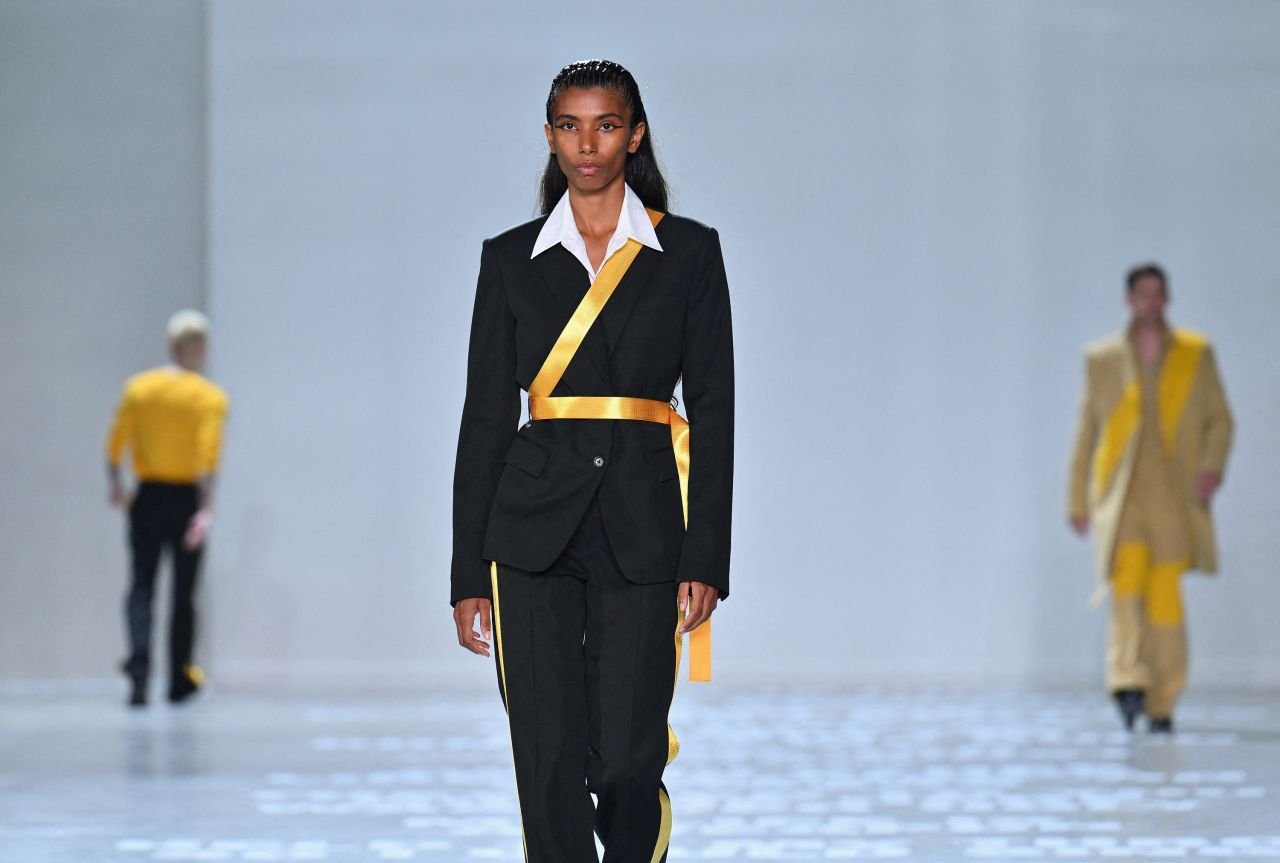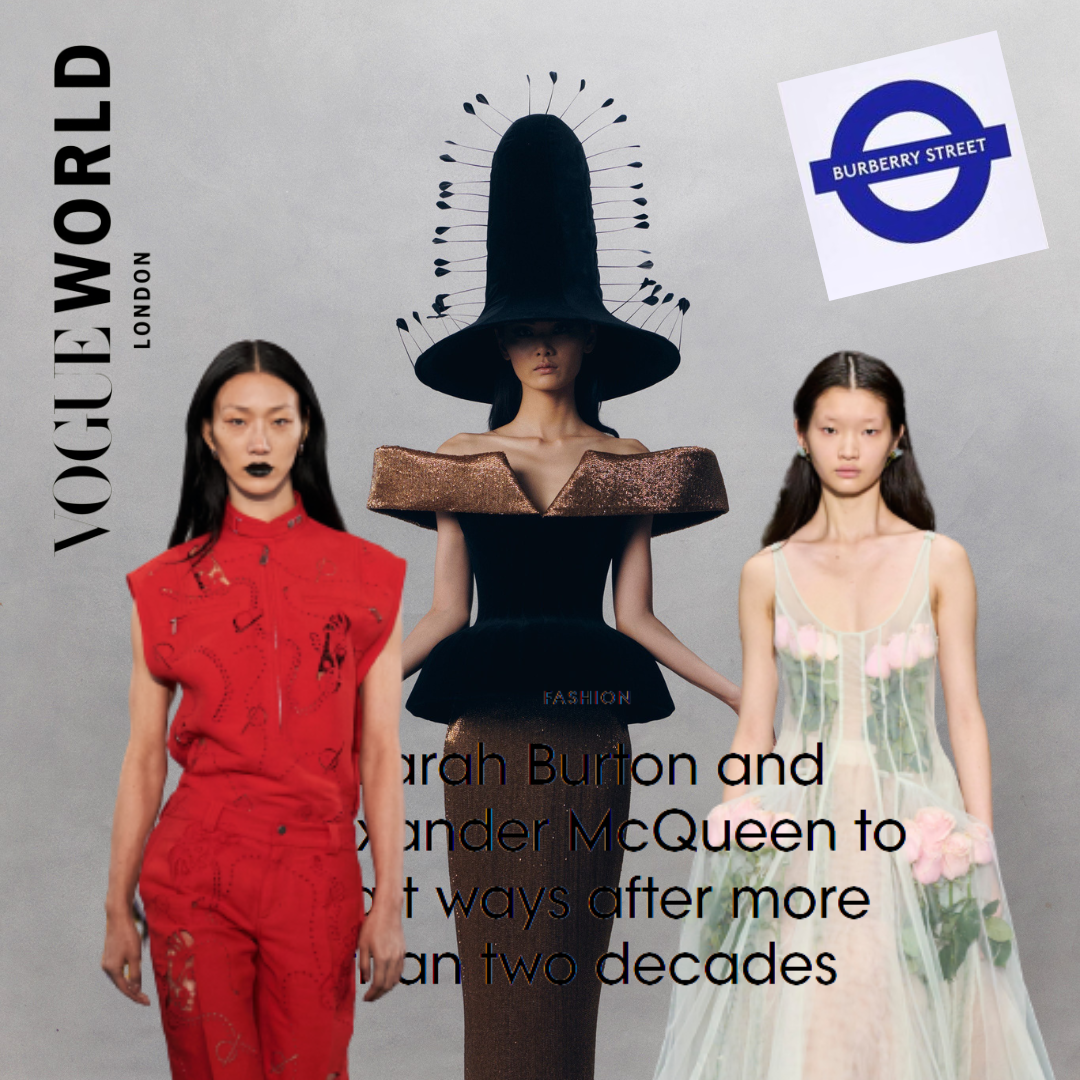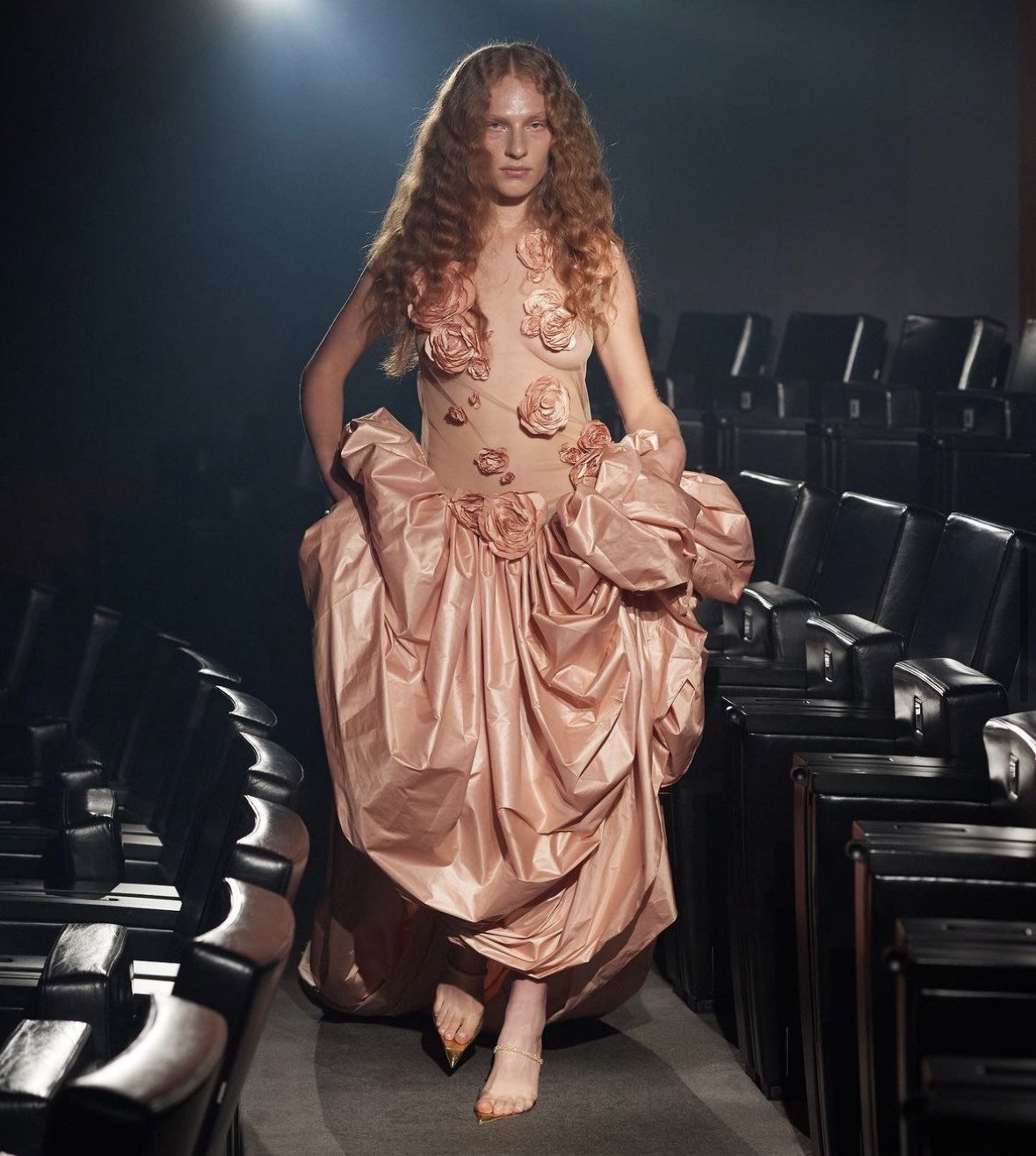The Art of Picasso in Moschino’s SS20 Collection
Under Jeremy Scott, Moschino has remained bright, bold and colourful. However, Scott’s creativity and embrace of modernity and pop culture has transformed the brand into a staple of the modern era. Scott is best known for taking iconic imagery and brands from everyday life and translating them into high fashion – such as McDonalds, Barbie and Spongebob. His work is irreverent, bold, innovative and exciting, and is inspired by modern life. His collection for the SS20 runway took inspiration from one of the most recognisable artists of the twentieth century, Pablo Picasso.
Picasso was a Spanish artist who spent the majority of his life in France. His artistic style varied greatly throughout the course of his life, beginning with a naturalistic style, before following the influence of Henri Matisse and pursuing a more innovative, modern style. Along with artists such as George Bracques and Juan Gris, Picasso was one of the pioneers of Cubism, his painting Demoiselles D’Avignon attracting much attention – and infamy – as one of the first paintings to exemplify the movement. Picasso worked in painting, sculpture, ceramic and photography, and his works are now visually ingrained in the popular culture of the twentieth century.
Picasso’s place at the bridging point of pop culture and fine art makes his work the ideal inspiration for Jeremy Scott’s Moschino collection. The innovation found in the work of Picasso also mirrors Scott’s creativity with fashion. The SS20 collection focuses on the various periods of Picasso’s work, homing in on themes prevalent in Picasso’s paintings – such as bull fighting, musical instruments, his female nudes and his Spanish heritage.
The patterns and colours of the looks take inspiration from all phases of Picasso’s work, but the bright, busy prints of the first half of the collection owe heavily to the artist’s long dalliance with surrealism and classicism in the 1920s, 30s and 40s. One painting in particular features in multiple looks. Girl before a Mirror, painted in 1932, shows the figure of Picasso’s muse Marie-Thérèse Walter. Picasso presents the nude figure of the woman standing before a mirror, where the image of her body is reflected back at her.
Look 4. Photo: Alessandro Lucioni / Gorunway.com
He uses strong colours and contrasting geometric shapes to achieve the wholly unique effect of the painting. Samples from this painting have been used in Looks 1, 2, 4 and 14 to name a few, but the motifs from this painting and others of its time permeate the collection.
Some looks reference specific paintings. For example, Look 50, worn by Bella Hadid on the runway is a direct reference to the artist’s harlequin paintings, such as Harlequin of 1901. This painting was created before the advent of Cubism, and appears more like the work of Gauguin, an artist Picasso would have been familiar with at the time. Flat blues and blacks form the square checkerboard patten of the harlequin’s costume. Jeremy Scott recreates this ensemble in blue and pink on Bell Hadid, using a diamond checkerboard pattern to form a figure-fitting catsuit. Layered pink fabric gathers around the neckline and sleeve openings, mirroring the white ruffles of the harlequin’s costume.
Pablo Picasso, Harlequin, 1901
Look 50. Photo: Alessandro Lucioni / Gorunway.com
The model holds a stringed instrument, perhaps a mandolin or a guitar – both instruments that appear in Picasso’s paintings. The mandolin also appears in Look 46 of the collection. Kaia Gerber is transformed into Picasso’s Girl with a Mandolin, painted in 1910 during the artist’s pure cubist phase. However, the look created by Scott incorporates the collage elements of some of Picasso’s other works during this time period, such as Still Life with Chair Caning, created in 1912. The structural shape of the mandolin looks as though it is created from cardboard – like collage, and a material that resembles newspaper forms the horizontal panel that creates the unique shape of the skirt. These elements directly resemble the still life mentioned above and effectively synthesise this painting with Girl with a Mandolin.
Overall, Jeremy Scott’s SS20 collection for Moschino takes influence from all phases of Picasso’s work – taking motifs such as the colours, patterns and subjects from the artist’s body of work and applying them to clothing. Scott has taken Picasso – an icon of early 20th century counterculture – and transformed his imagery into fashion.












